According to CDC, the lack of time is one of the most common barriers preventing people from regular exercise. In this article, I will clarify if 20 minutes peloton rides are effective, and if so, which type of classes should you choose with a time budget of 20 minutes per day.
Generally, 20 minutes peloton rides are effective, as long as they are performed at intermittent maximal effort. Using high-intensity interval training is a time-efficient strategy to facilitate metabolic adaptations, comparable to traditional endurance training.
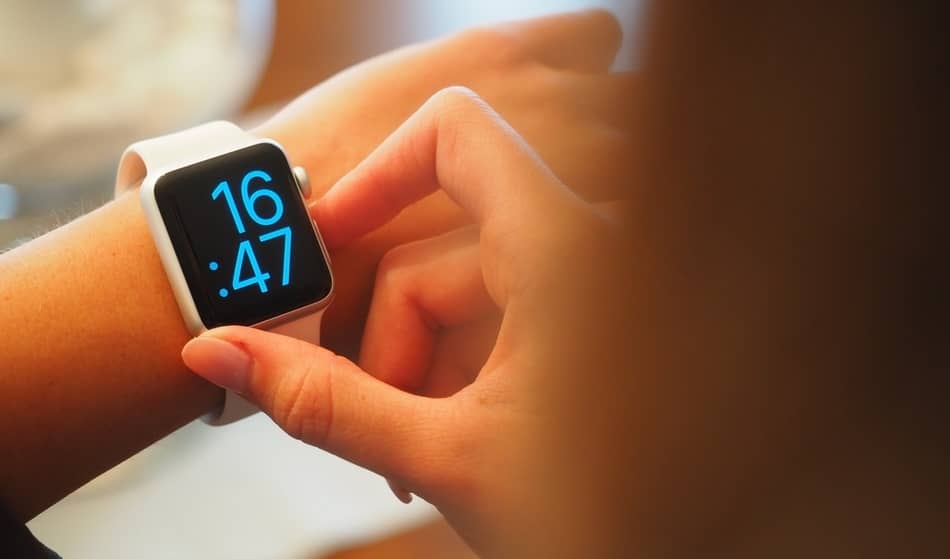
But there is so much more from doing 10 to 20-minute peloton rides than physical health. Keep reading to learn how short bursts of exercise can help with your energy, improve mood and reduce stress.
Is 20 minutes of Peloton Enough?
Overall, the 20 minutes of peloton ride is enough, as long as you maintain effort level around your lactate threshold. This means keeping your heart rate high enough to be out of breathing and is difficult to maintain continuous conversations.
A small study from McMaster University in Canada has compared training adaptations from doing interval training (60 minutes per week) to endurance training (4.5 hours per week).
| Interval group | Endurance group |
|---|---|
| 30 seconds × 4–6 repeats 4.5 min rest 3 x per week | 40–60 min cycling 5 x per week |
| Max effort | 60% VO2max |
The interval group was training only for around 20 minutes, 3 days a week. The endurance group performed 40-60 minute rides for 5 days a week.
The study took 6 weeks and all groups had the same amount of calories per day.
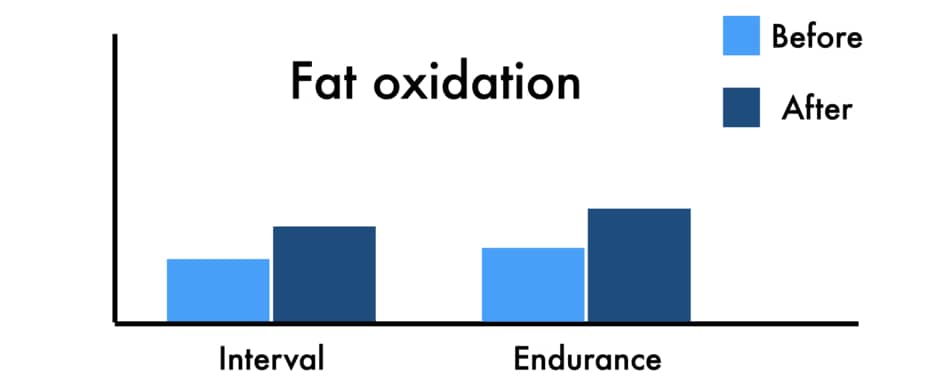
As you can above, the results showed that both groups had similar outcomes when it comes to fat oxidation and calories burned, despite a much lower training volume and time commitment in the interval group (Burgomaster et al. 2008).
What is fat oxidation? Overall, fat oxidation is the process of breaking down the fatty acids in the mitochondria. As soon as exercise starts, the fatty acids are being mobilized to enter the mitochondria and with the presence of oxygen, they get converted into a source of energy.
This means you can get the same effects from training shorter, but you need to keep the intensity high. This is good for people who are already trained and experienced because it can save time by reducing training duration. However, this approach is not for everyone.
Learn more: Click here to learn more about “why are peloton classes so short“.
Is 20 Minute Peloton Ride Effective for Everyone?
As a whole, the 20-minute peloton HIIT ride is good for people who are already trained. Training experience leads to exercise-induced oxidative stress adaptations where the body is becoming more efficient in eliminating inflammatory biomarkers like C-reactive protein.
This means the more you train, the less muscle fatigue and soreness you will experience. 20-minute peloton rides may sound appealing, but keep in mind that when you train at the lactate threshold, your body will produce more lactic acid.
This increases the need for recovery because the body needs enough time for “lactate clearance”. This process is popularly called DOMS (delayed-onset muscle soreness) when the muscles feel sore after you train.
The difference between trained and untrained individuals is that trained people have a much higher efficacy of eliminating lactate from the body, therefore, feeling less sore. Untrained people need more time (Spanidis et al. 2018).
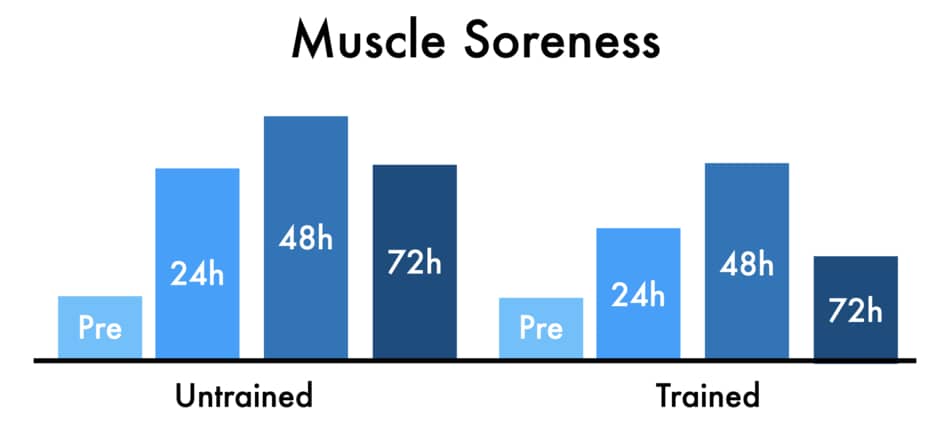
This means doing 20-minute peloton HIIT rides is more effective for trained people as they can simply recover faster from the workout. Of course, beginners still can do this class, but there are some things you need to remember like training frequency and difficulty level.
20 Minute Peloton Ride Beginners vs Advanced
The difference between peloton 20-minute rides for beginners and advanced lay in the type of class, intensity, and frequency of the workouts. Beginner rides has usually low to moderate intensity, they don’t create muscle fatigue and have more regular breathing where you still can maintain a conversation.
On the other hand, the advanced 20-minute rides will involve interval training with higher work to rest ratio. Here you feel more muscle fatigue and conversation is impossible to maintain.
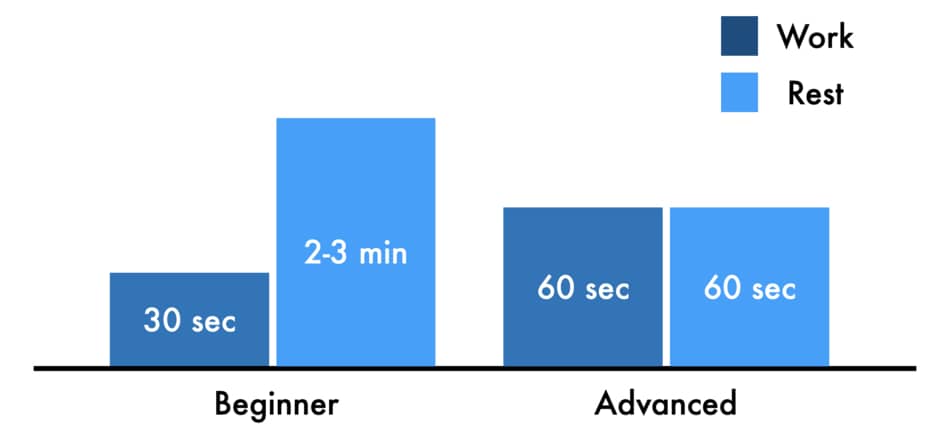
As you can see, the beginners still can perform a 20 minute HIIT ride, but the ratio of work to rest should be in favor of rest. This will help to optimize the training benefits but minimize muscle fatigue.
This also means you can train more often. To know exactly “how often should you use peloton“, check out my article here.
What Is A Good 20 Minute Peloton Ride For Beginners?
Overall, you can find the beginner rides in the peloton app by selecting the cycling classes and filtering by the class type called “beginner”. However, keep in mind that you have over two thousand 20 minute peloton rides and the majority of them are suitable for beginners.
Ideally, 20-minute beginner rides should have a combination of different positions where you get on and out of the saddle to engage your core and glutes. It also should have some elements of higher intensity where you work harder for 20 to 30 seconds.
Here is the list of best 20-minute rides that I can recommend:
- 20 minute Climb Ride
- 20 minute HIIT Ride
- 20 minute Intervals Ride
- 20 minute Low-impact Ride
- 20 minute Beginner Ride
But wait!
Please remember that cycling classes cannot be filtered by difficulty level. This means you need to pay attention to the difficulty score in each class individually.
What About Advanaced?
As a whole, the best peloton 20-minute rides for advanced are usually HIIT and Tabata rides. Those rides involve doing high-intensity interval training with higher work to rest ratio, which keeps your heart rate elevated and keeps you out of breath.
Also, the power zone section has one of my favorite 20 minute FTP tests, which is a class that measures your best power output and saves that to the peloton software.
Learn more: If you haven’t done your “peloton FTP test“, I recommend you read my article first.
How Effective Are 20-Minute Peloton Rides?
Overall, the peloton 20 minutes rides are truly effective because they allow using higher cadence and resistance, compared to long-distance rides. This means it is more realistic to maintain your highest output for only 20 minutes rather than for 60 minutes.
I experimented on my peloton and tried to burn as many calories as I can in a 20 minutes ride. I choose a 20 minute Tabata Ride with Robin Arzon. The class had an 8.7/10 difficulty level.
I like 20-minute rides with Robin because she just spend 2 minutes for a quick warm-up and we dive straight into the hard work. However, I did some 10-minute rides before to make myself ready. And because I was up before 4 am, that class energized me for the whole day.
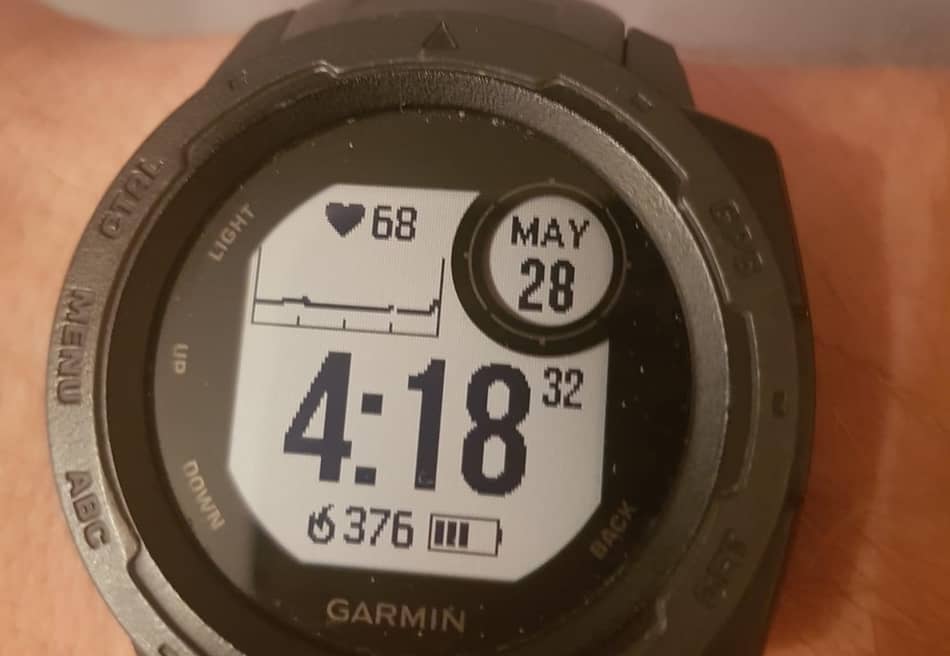
In total, I burned almost 400 calories.
I always find that 20 minutes is a sweet spot for me because anything longer than that (assuming I stay high with my intensity) keeps me more hungry during the day. So I prefer to reduce the duration and go all out because this doesn’t influence my diet.
That’s not all.
This short but productive workout allowed me to be sharper and focused during the day. I also find that I feel more positive and enthusiastic when I push myself., I can work more efficiently, I have more self-esteem, and I’m more cautious about what I eat.
Peloton 20 Min A Day
We already covered calories and training benefits. But I also promised I will explain how riding peloton 20 min a day helps with mental and emotional strength.
I used to believe that I needed to spend at least 60 minutes on each training day to ensure I burn the most calories. And if I didn’t have time for the whole 60 minutes, I would skip the training day because I thought it’s not worth it.
Later on, I realized that it’s easier to achieve a calorie deficit by reducing the food intake, rather than exercise more to burn more calories. I also realized that short workouts done with higher intensity immediately made me feel better and energetic for the whole day.
Here are some of the benefits (apart from weight loss) that you get from doing peloton for 20 min a day:
- More focus – when you get out of breathe, the body takes up more oxygen and improves the blood circulation. This helps with the muscle and brain perfusion, which leads to better mental focus and clarity.
- Less stress – 20 minute wokrouts with variety of intensity has positive effect on psychological states.
- More confidence – I always find that breaking a sweat make me feel more confident. On the days when I have meeting, sales presentation or any important call, I always makes sure I exercise before.
Peloton 20 Minutes Ride vs Longer Ride
Generally, the short 20 minutes are more effective than low-impact because they challenge both aerobic and anaerobic capacity. They also stimulate different training adaptations like increasing lactate tolerance, stroke volume, and VO2max.
On the other hand, the endurance rides help to improve lactate clearance, so the body feels less sore after the session.
Of course, when you have time, I recommend reducing the intensity and spend more time on the bike because low-impact endurance rides also have several benefits. So choose your rides accordingly to your work schedule.
Can I combine 20-minute rides and long-distance rides? Overall, you can combine both 20 minute and long-distance rides to ensure you get the benefits of both. Alternating your high training volume with short bursts of strenuous effort allows not only for optimal results but also can speed up the recovery.
What About 10 Minutes?
Peloton has over five hundred 10-minute rides that range from recovery, low-impact to HIIT and Tabata. Those are the shortest rides in the peloton app. It also has 5-minute rides, but those are mostly warm-up and cooldown sessions.
Generally, the 10-minute rides may sound like a waste of time, especially if we look at the small number of calories you burn. However, if your goal is to ramp up your energy level during the day (instead of drinking 5 cups of coffee) the 10-minute Peloton ride is the perfect solution.
How does a 10-minute peloton ride works? The peloton 10-minute ride isn’t much different from regular 20 or 30 minutes classes. The only difference is in class structure as the warm-up part is shorter, which usually takes 2-3 minutes. All the rest is for the main workout.
What is the best 10-minute Peloton ride? As a whole, the best 10-minute peloton ride is Tabata’s ride with Robin Arzon. Her class includes no warm-up, which means you dive straight into the main workout. This helps to save time, while still getting some exercise.
What Is the Best Time to Do 10-minute Peloton Rides?
Overall, the best time to do a 10-minute peloton ride is before the meal, as long as you train to improve your body composition. Doing high-intensity interval training before your meal depletes muscle glycogen, which helps to stimulate insulin sensitivity.

Why training before the meal is good for insulin sensitivity? Doing short bouts of HIIT or Tabata ride just before eating triggers the muscles to take up the carbohydrates from the meal to replace used muscle glycogen. This means fewer carbs enter the bloodstream so the amount of insulin will be proportionally lower.
This approach is called exercise snack and is a time-efficient way to control sugar levels, especially for individuals who have insulin resistance (Francois et al. 2014).
Conclusion
As a whole, peloton 20-minute rides are effective, regardless if you use them on your own or when doing back-to-back workouts. I find that if you are ready to push yourself, the 20-minute class can save you a lot of time, and deliver similar results to 60 minutes endurance ride.
That being said, the shortest peloton class is a 10-minute ride (not including 5-minute warm-up and cooldown rides). Which can be used as a smart workout solution to maximize insulin sensitivity.
